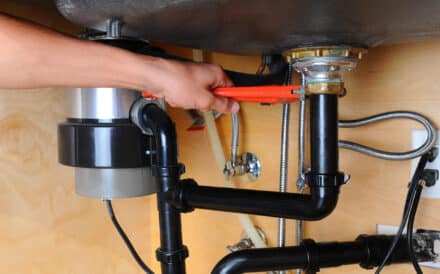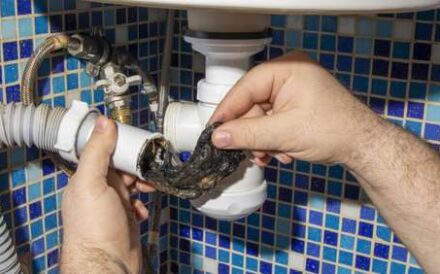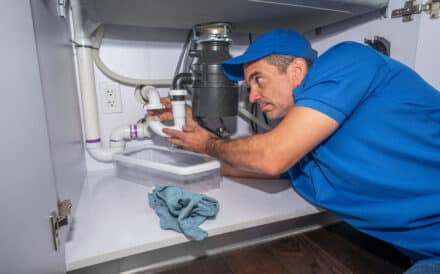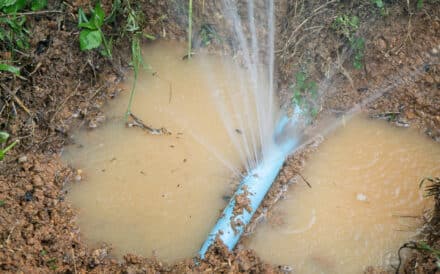Flushing Your Water Heater: The Ultimate Guide
As a trusted source for plumbing advice and services, we understand the importance of regular water heater maintenance. Maintaining your water heater is not just about ensuring a hot shower in the morning; it’s about safeguarding your home’s energy efficiency, prolonging the life of your appliance, and saving money on potential repairs. This guide will provide you with a step-by-step process to flush your water heater, ensuring it runs efficiently for years to come.
For a visual guide on how to flush your water heater, check out our video, “How to Flush Your Water Heater”. This video provides a step-by-step visual guide that complements this article, making the flushing process even easier to understand.
Why Flush Your Water Heater?
Flushing your water heater is a crucial part of home maintenance. Over time, sediment builds up in your water heater, which can reduce its efficiency and lifespan. This sediment, often composed of minerals like calcium and magnesium, settles at the bottom of your tank, creating a barrier between the burner and the water. This forces your heater to work harder, using more energy and causing wear and tear on the system.
Regular flushing helps prevent these issues, ensuring you have a reliable and efficient water heater. It’s a simple process that can save you from costly repairs or premature replacement of your water heater.
When Should You Flush Your Water Heater?
The frequency of flushing your water heater depends on several factors, including the hardness of your water and the manufacturer’s recommendations. However, a good rule of thumb is to flush your water heater once a year.
If you live in an area with hard water, you may need to flush it more often due to higher mineral content. If you notice any signs of decreased efficiency, such as less hot water, longer recovery time, or strange noises, it may be time for a flush. Regular maintenance is key to keeping your water heater in optimal condition.
Preparing to Flush Your Water Heater
Safety is paramount when dealing with water heaters. Before you begin the flushing process, ensure the power or gas is turned off. This is crucial to avoid any potential accidents. Also, shut off the water supply to the heater. This step is often overlooked, but it’s essential to prevent water from entering the tank while you’re trying to drain it. Remember, safety should always be your first concern when performing any maintenance on your water heater.
Step-by-Step Guide: Flushing Your Water Heater
Flushing your water heater may seem like a daunting task, but with the right guidance, it’s a straightforward process. Here’s a detailed guide on how to flush your water heater:
- Connect a garden hose to the drain valve of your water heater. This is usually located near the bottom of the tank. Make sure the hose is firmly attached to prevent any leaks.
- Place the other end of the hose in a suitable drainage area. This could be a drain, a bucket, or outside your home. Ensure the water can flow freely and won’t cause any damage or flooding.
- Open the drain valve and allow the water to flow out until it runs clear. This may take some time, depending on the amount of sediment in your tank. Be patient and let the water flow.
- Close the drain valve, disconnect the hose, and refill the tank. Once the water runs clear, you can close the valve, remove the hose, and turn the water supply back on to refill the tank.
Remember, always refer to your water heater’s manual for specific instructions. Each model may have slightly different procedures, so it’s important to follow the guidelines provided by the manufacturer.
Post-Flushing: Testing Water Temperature and Pressure
Testing Water Temperature
After flushing, it’s important to test the water temperature and pressure. Use a thermometer to check the temperature and a pressure gauge for the pressure.
The ideal temperature for your water heater is typically around 120-125 degrees Fahrenheit. This temperature reduces the risk of scalding while still being hot enough for daily needs. If the temperature is too high, you can adjust the thermostat on your water heater.
Testing Water Pressure
As for pressure, the pressure relief valve on your water heater should maintain a safe pressure level. If the pressure is too high, it can put unnecessary strain on your water heater and plumbing system. A reading of around 50-60 psi is considered normal for most homes. If the pressure is significantly higher, you may need to install a pressure reducing valve.
Regular Water Heater Flushing: A Key to Home Maintenance and Efficiency
Regular water heater flushing is an essential part of maintaining your home. Not only does it improve the efficiency and lifespan of your water heater, but it also ensures you have a steady supply of hot water. This maintenance task can save you from costly repairs and the inconvenience of unexpected cold showers.
Remember, your water heater is an investment in your home. Just like your car needs regular oil changes, your water heater needs regular flushing. It’s a small task that can have a big impact on the longevity and efficiency of your appliance.
Need Professional Help? Silver State is Here for You
If you need professional assistance with water heater maintenance or any other plumbing needs, don’t hesitate to contact Silver State. Our team of experienced professionals is always ready to help you maintain your plumbing system.




